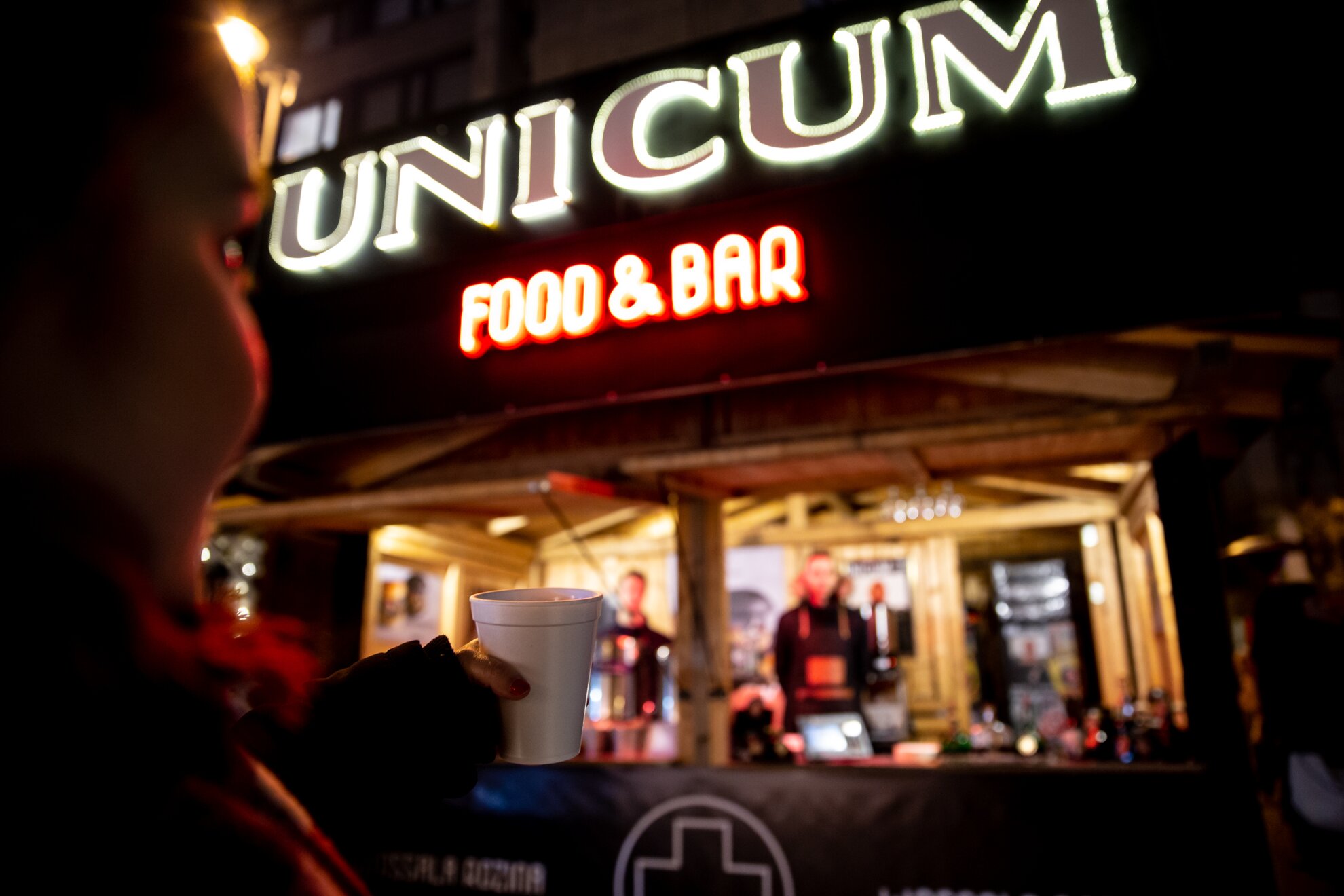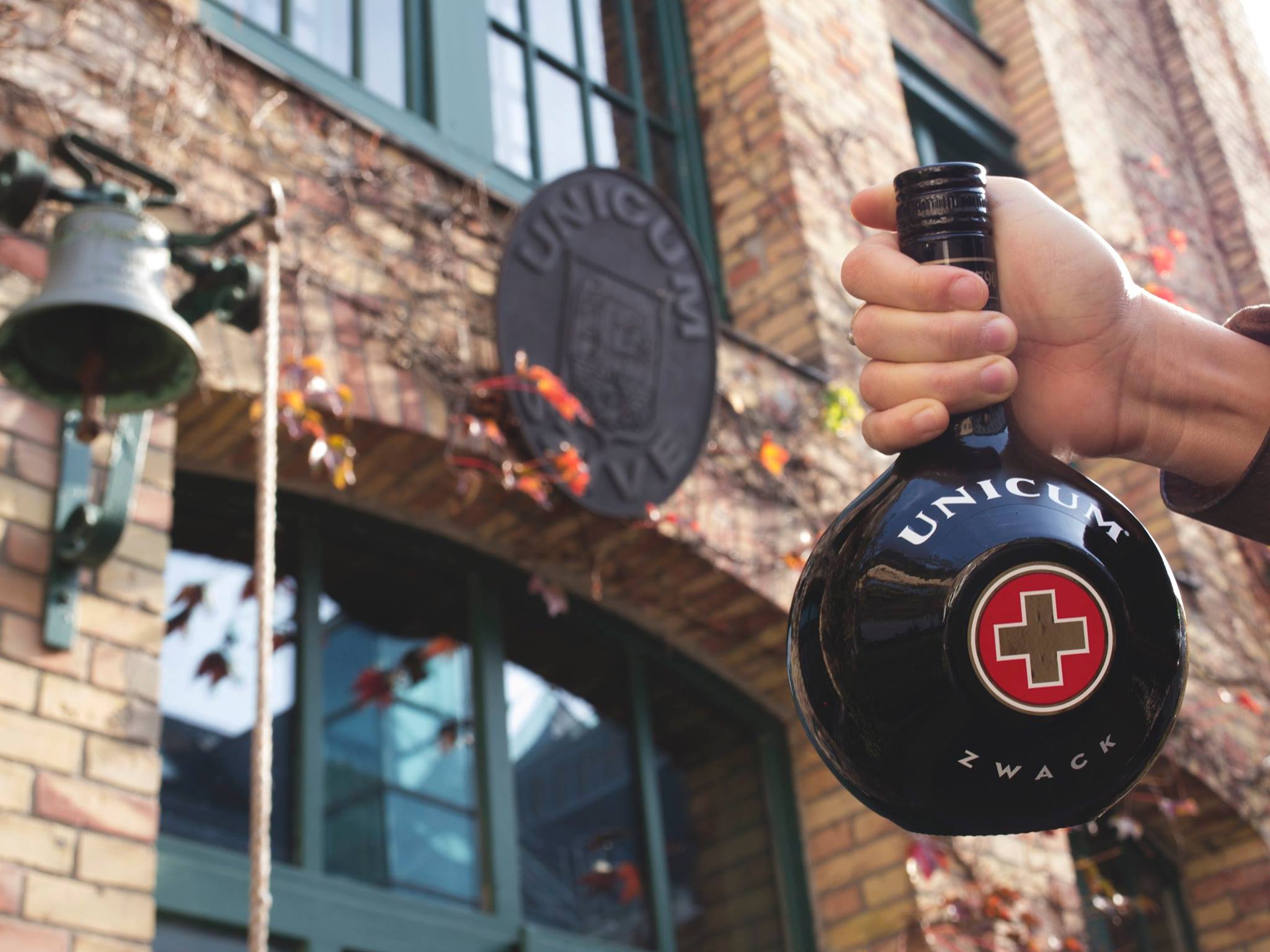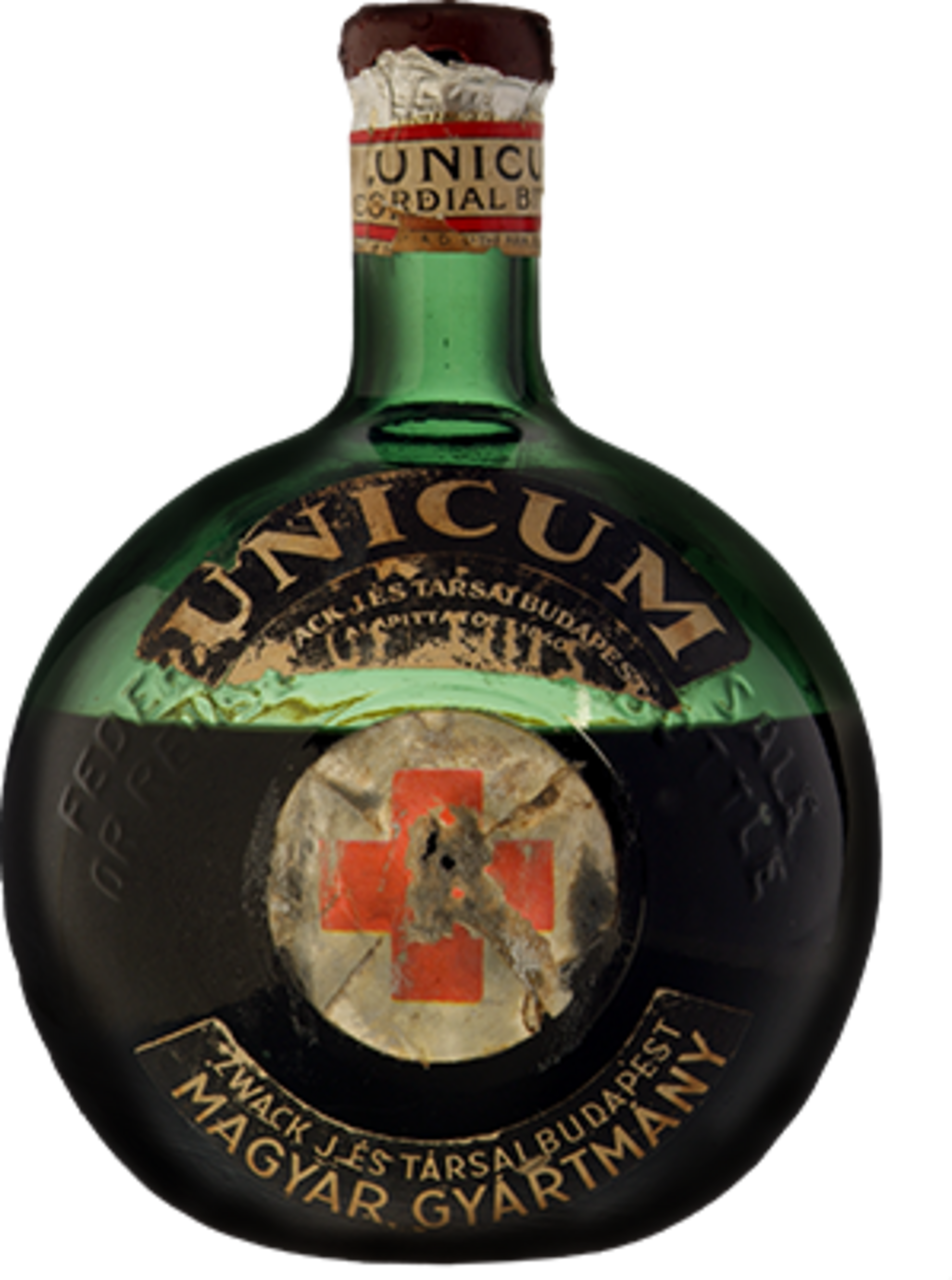
The Zwack family has been producing Unicum in their factory for six generations and, according to legend, the genesis came in 1790. Emperor Joseph II was suffering from stomach complaints, and was offered a sip of an herbal liqueur concocted by his court physician, Dr Zwack. In a sigh of gratification, he announced, “Das ist ein Unikum!” (This is unique!) The name stuck, and a business would soon follow.
The first factory was established on Váci utca in Budapest in 1840, as the official supplier of the imperial court. It quickly outgrew these headquarters and moved to Soroksári út in south Pest, where the operation remains today.
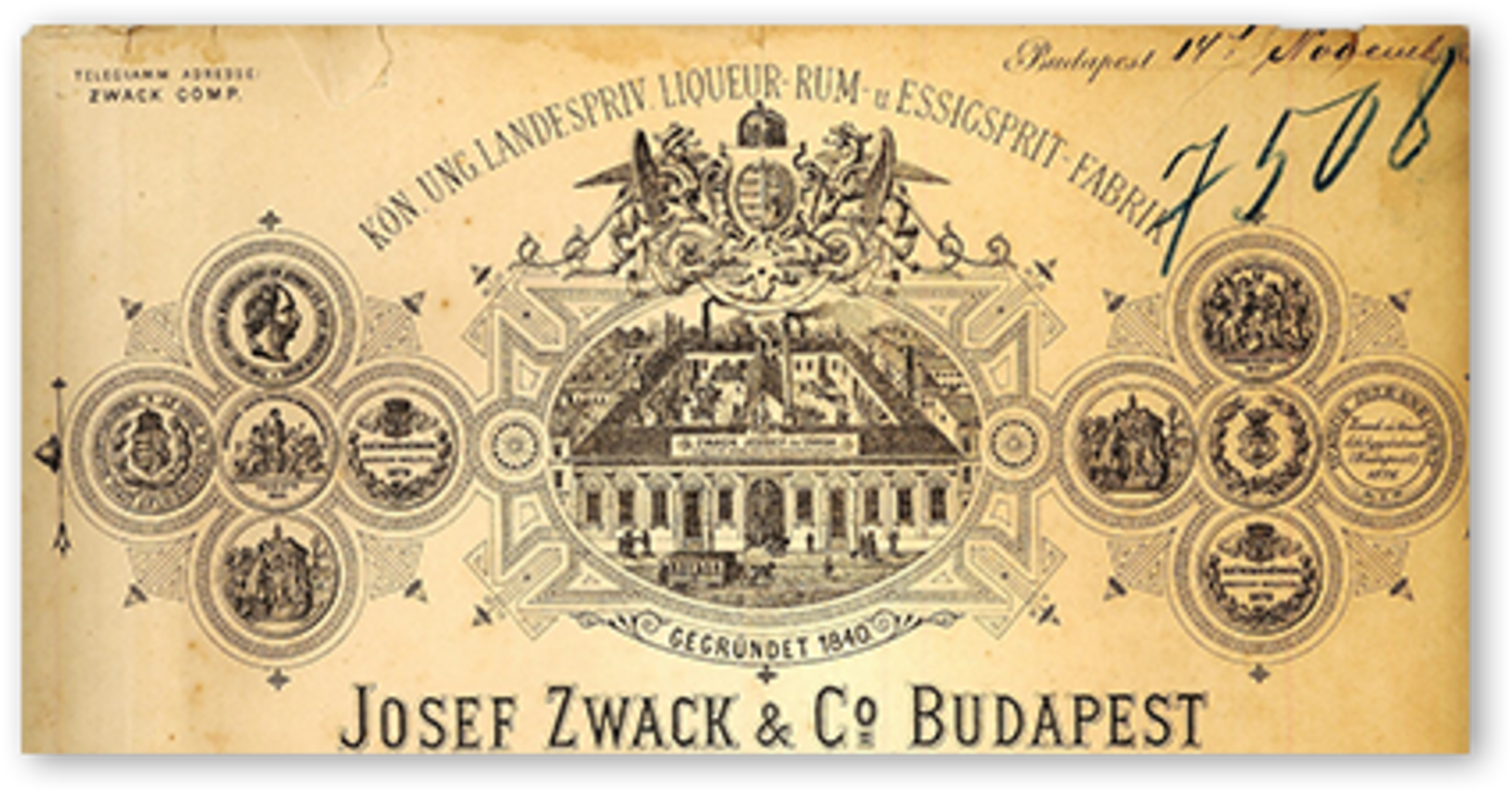
The name “Unicum” was officially registered on 22 May 1883, in the same signature bottle with the red cross that we recognise today. The business remained in the family as well, as Dr Zwack’s son and grandsons took over successively. The business remained strong throughout World War I when soldiers were even supplied Unicum in their hip flasks.
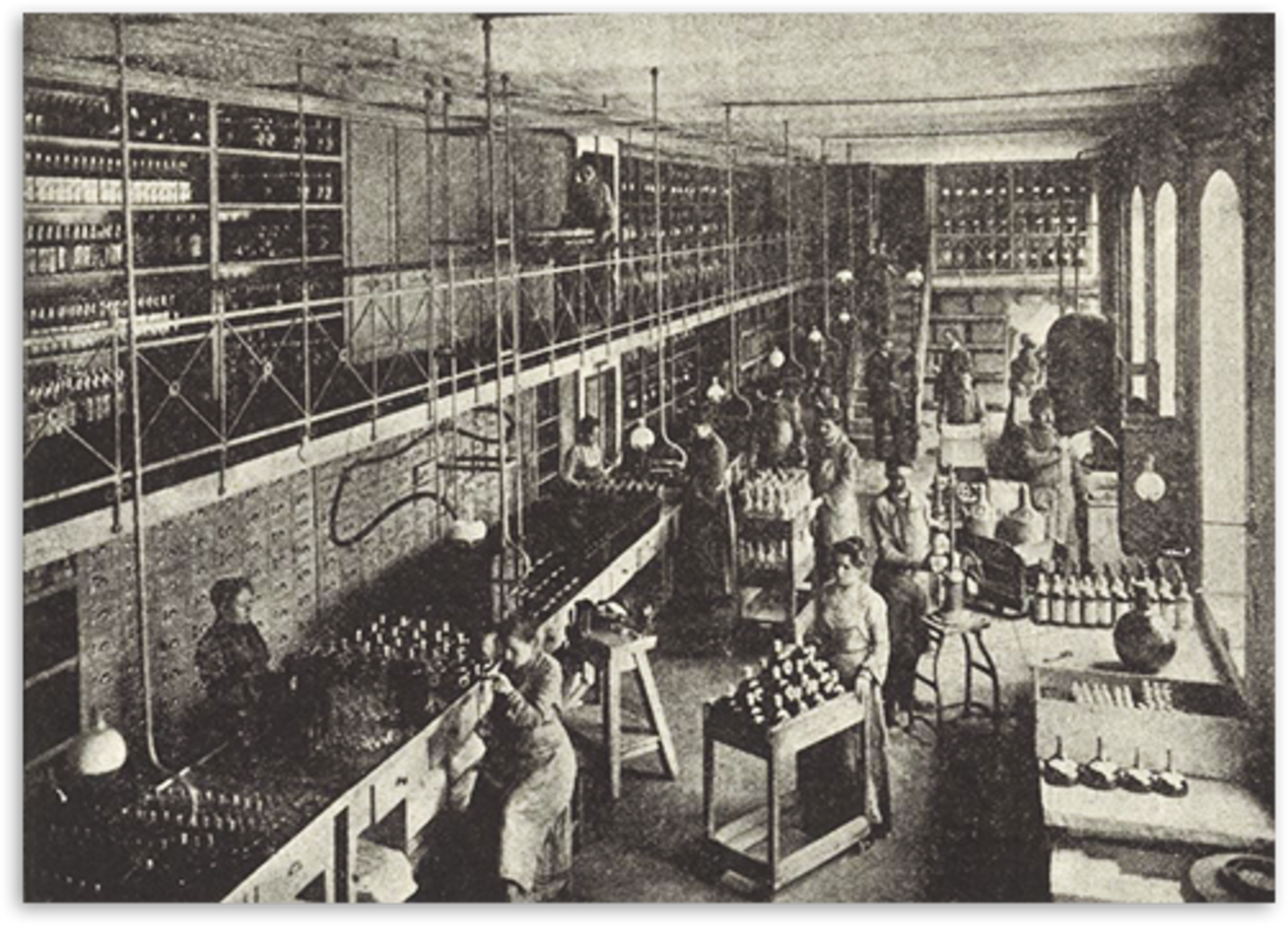
As the Depression of the late 1920s rocked the world economy, the market for luxury products plummeted, and American prohibition further took a toll on Unicum as the export market was reduced. In response, the factory switched to producing light bulbs, which provided an unexpected light at the end of the tunnel: neon advertisements for Unicum were soon lighting up the streets of Budapest!
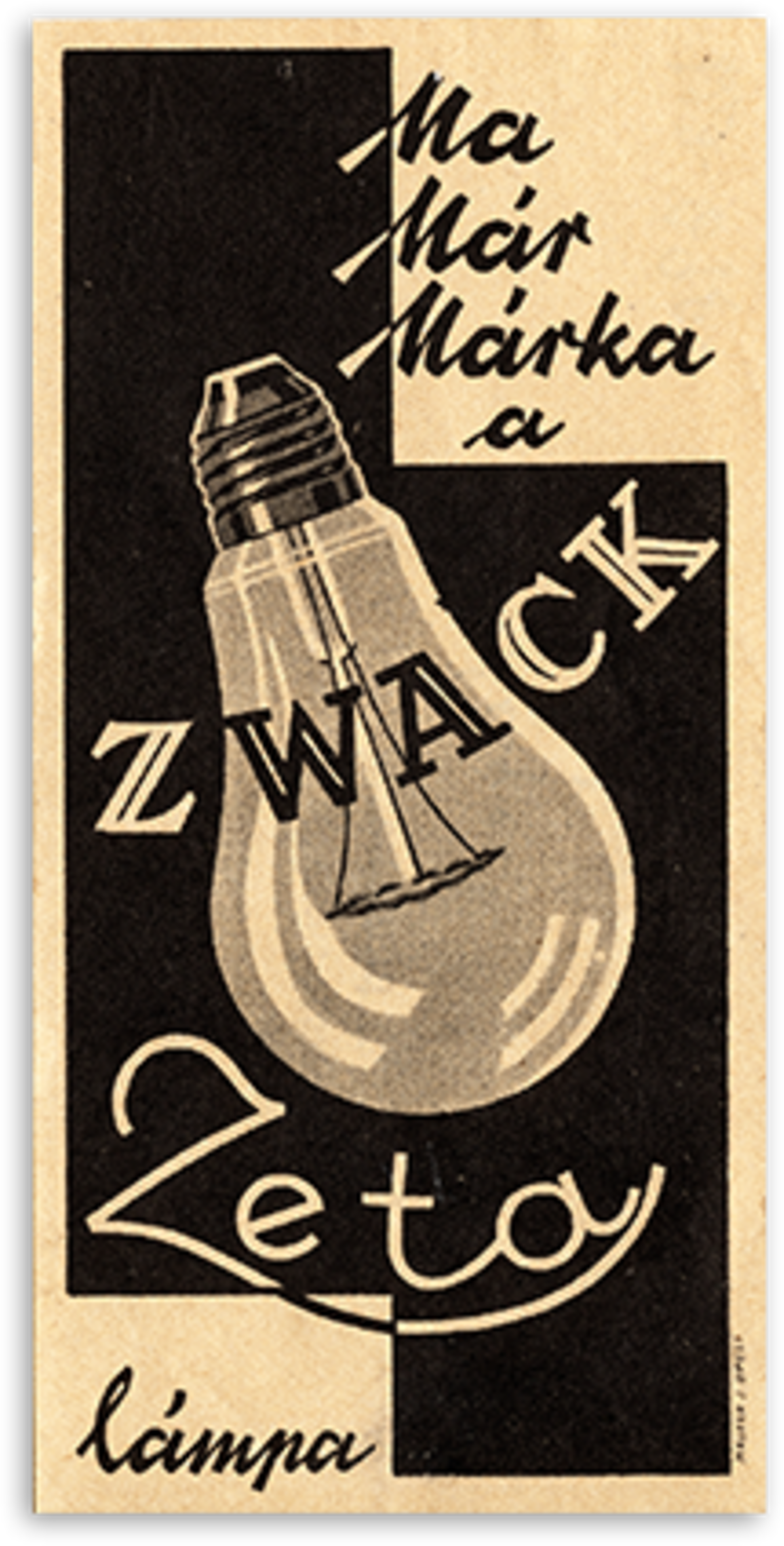
During World War II, the Zwack factory was destroyed by bombs, and Nazi soldiers tapped the remaining liqueur while Soviet troops used the empty barrels to build pontoon bridges. Amid the rubble, the Zwack family worked out of only two remaining rooms, toiling each day to rebuild and modernise the factory. By 1948, it was restored to its pre-war condition, just in time to be confiscated by the new Communist state and used without compensation.
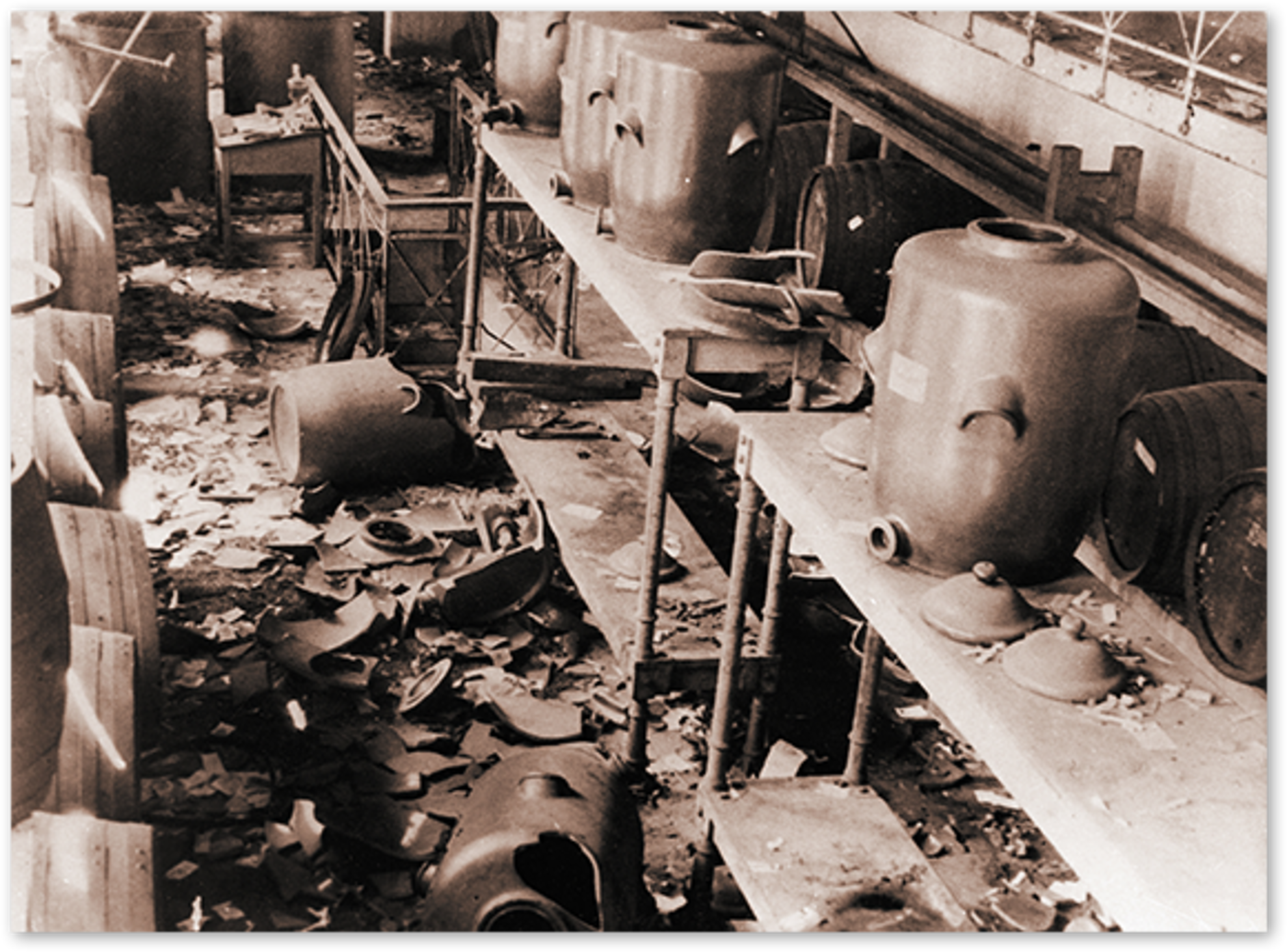
What to do? With the secret recipe in his pocket, Dr Zwack’s grandson János emigrated to the USA. His brother Béla remained, and worked alongside his wife as an employee of the original factory until they were relocated to Pásztó. The Hungarian Liqueur Industrial Company took over the rights of making Unikum, following a fake recipe given to them by Béla. When this pirated Unicum reached János in America, he sued the Hungarian state for fakery, and succeeded in having the name Zwack removed in a landmark decision.
Béla then moved to Italy in the mid-1950s, and eventually set up Unicum production from Milan. This is why, even today, every bar in Italy stocks a bottle of Unicum, untouched except by homesick Hungarians, on its shelves.
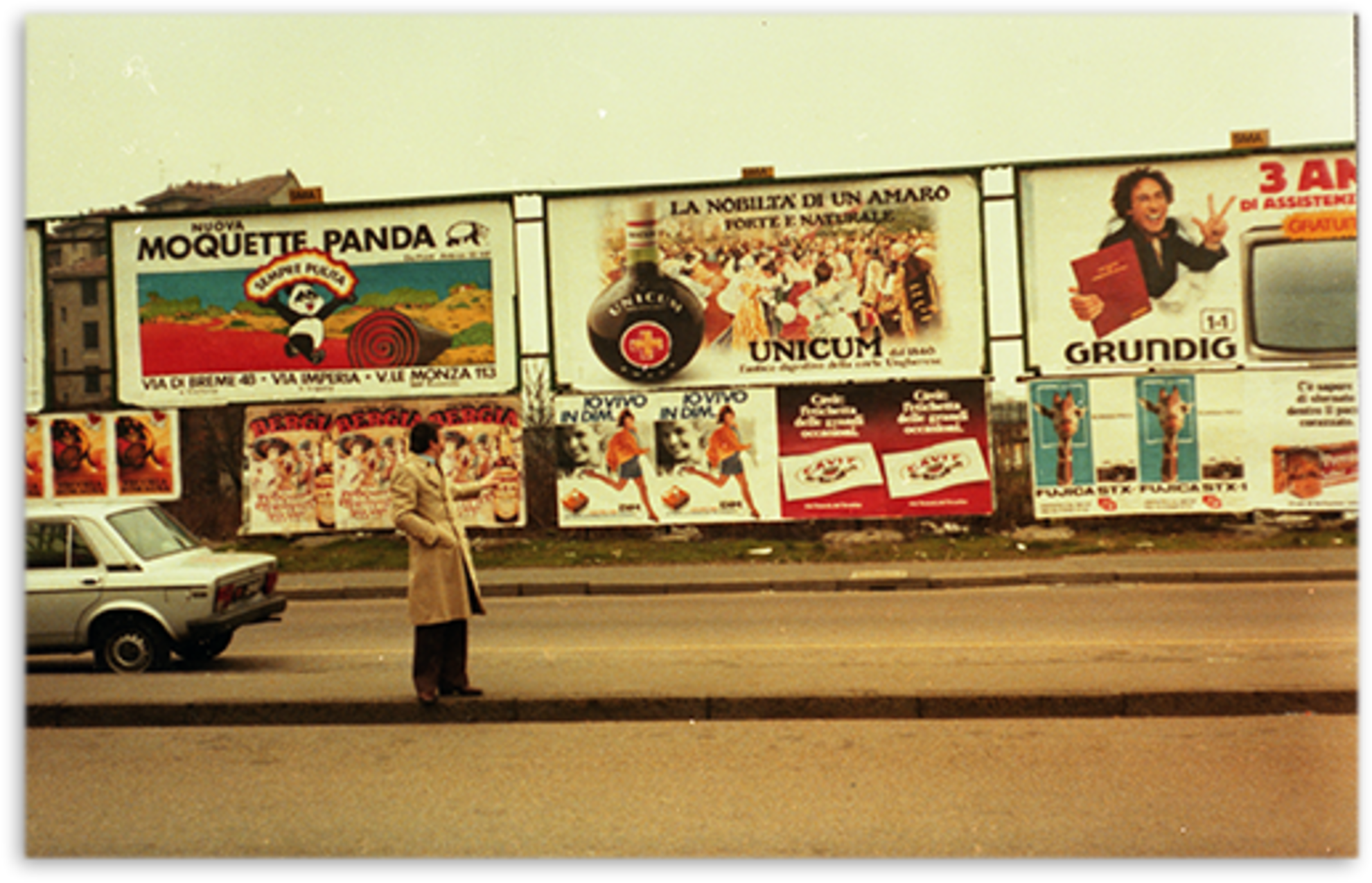
It wasn’t until 1988 that the great-grandson of Dr Zwack would move back to Hungary and reclaim his birth-right. Péter Zwack established the Zwack Unicum Company Limited by Shares in 1992, and restored the production of Unicum to the original family recipe. However, those years of fake Unicum production left their trace, and many Hungarian consumers mixed the fake and the real liqueurs together. No doubt somewhere in the city, fake Unicum can still be found, tucked into the corner of a cellar or cabinet, forgotten to history.
In 2008 the baton was passed to Sándor Zwack, Dr Zwack’s great-great grandson. The company continues to innovate, introducing in 2012 Unicum Plum, the first herbal liqueur in the world to be aged with plums in oak casks, giving it a unique flavour.
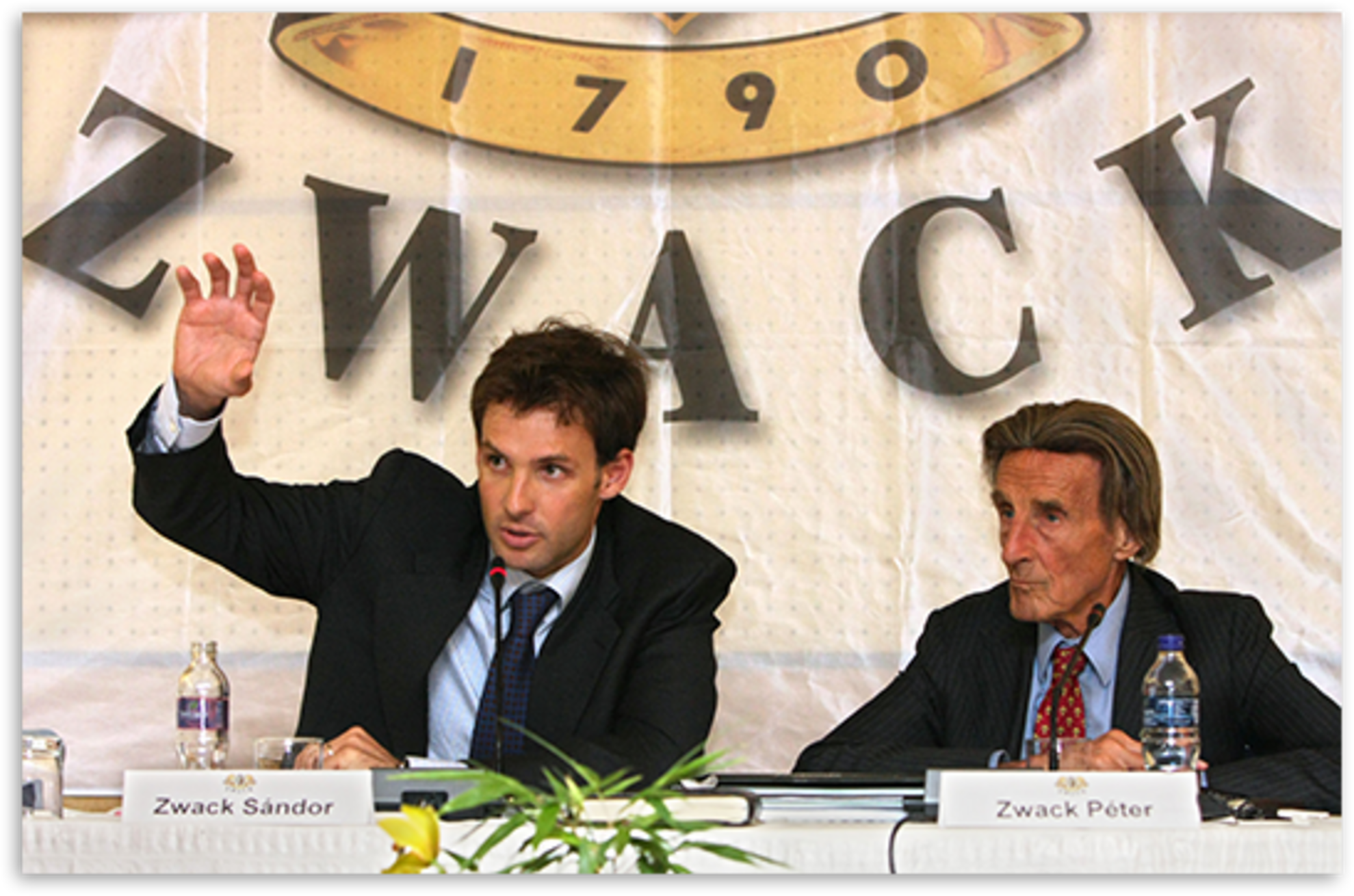
Unicum has been, and remains, a treasured favourite of Hungarians across the country. The Unicum distillery and museum can be viewed in a myriad of languages (once the quarantine is over, of course!), ending with a tasting of the original recipe tapped from one of the 500 casks stored in the cellars. Find out more information on the Unicum website.
